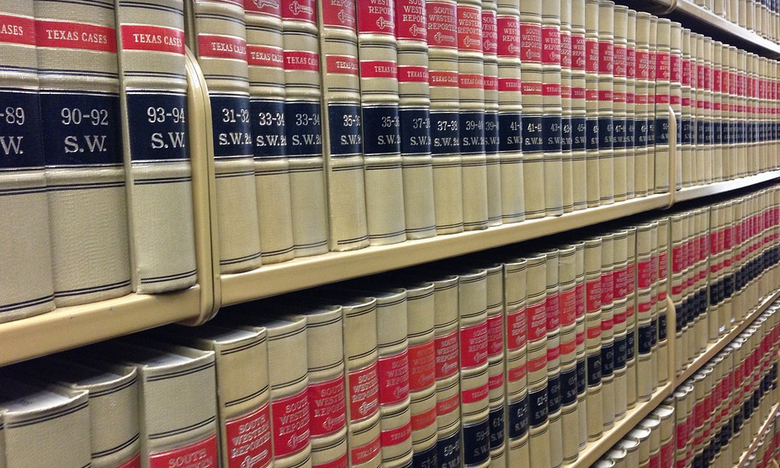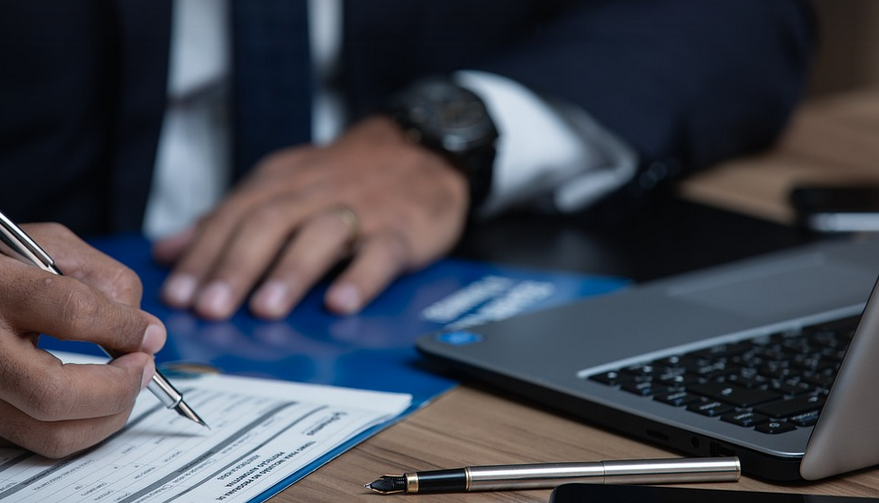The world of professional tennis thrives on athleticism and strategy, where every move counts in a high-stakes battle against a formidable opponent. But within this intricate dance of skill and determination, the question of “fakes” emerges as a significant point of discussion for both players and spectators alike. It raises questions about fair play, sportsmanship, and the integrity of the game.
The world of professional tennis aims to uphold a high standard of conduct, prioritizing fairness and ethical gameplay. The rules of the game are designed to ensure equal competition, where players can truly showcase their talent and strategy without resorting to manipulative tactics. This includes enforcing strict adherence to the established rules of the sport, which aim to maintain the integrity and spirit of tennis.
## What Makes a “Fake” in Tennis?
Fakes in tennis are often associated with specific maneuvers that can be considered deceptive or unfair, such as feigning an injury. This tactic, while commonplace in other sports, can have significant consequences in tennis. Players employing these fakes risk jeopardizing the integrity of the game and undermining the spirit of sportsmanship.
There are a few key instances where faking could be deemed unethical:
**1. Injury Simulation:** Deliberately creating an injury to disrupt an opponent’s momentum or slow down their play can be considered a violation of fair play. This tactic, while sometimes used for strategic advantage, often leads to accusations of cheating and tarnishes the reputation of the player in question.
**2. Deception of Shot Selection:** Players may use tactics like dropping back to create a false impression about their shot selection or timing of action to manipulate the opponent’s strategy. This type of act can cause confusion and misdirection, potentially leading to an unfair advantage in the game.
**3. Manipulating the Court:** Though uncommon, some players may use strategic movements like faking a change in trajectory or speed on a serve to confuse their opponent, making it harder for them to anticipate the next move. This type of maneuver can be seen as deceptive and unfair in a game where precise timing and accurate shots are crucial.
The line between fair play and unethical manipulation is sometimes hard to define. It requires a careful assessment of each situation, considering factors like intent, impact on the opponent’s strategy, and overall fairness.
## Legal Framework: Rules and Consequences for Fakes in Tennis
In tennis, the rules are designed to ensure fairness and prevent unfair advantage between players. The International Federation of Professional Tennis (ITF) sets clear guidelines on what constitutes a “fake” in tennis. These rules aim to maintain the integrity of the game.
**1. Focus on Intention:** The core principle behind legalizing or not legalizing faking is always intent, with consequences for those who use it. The severity of punishment often depends on the level and intent of the deception.
“Fakes” are strictly prohibited by the ITF in professional tennis matches. Players found guilty of faking a physical injury or using deceptive tactics that impact gameplay face penalties ranging from warnings to suspension, depending on the severity of their actions and the context of the incident.
**2. Consequences for Players**: The consequences of breaking these rules vary based on the seriousness of the offense. The ITF aims to uphold a level playing field for all players.
It’s important for tennis fans and players alike to understand that faking is not only unethical but can also lead to severe penalties, including fines, suspensions, or even expulsion from sanctioned tournaments.
**3. Emphasis on Fair Play:** Fakes in professional tennis erode the core values of sportsmanship and fair play. By upholding these principles, tennis strives to create a level playing field where skill prevails over deception. ## The Bigger Picture: Ethics and Sportsmanship
While the rules are clear, the debate about fakes often circles back to broader ethical considerations in professional sports. The line between athletic competition and manipulation of the game is often blurry, requiring players and governing bodies to navigate a delicate balance.
Ultimately, the question of “fakes” in tennis represents a complex issue that requires a nuanced understanding It’s about finding a way to embrace sportsmanship while fostering healthy competition. By upholding fair play and encouraging ethical behavior, we can ensure that tennis remains a respected and beloved sport for generations to come.



